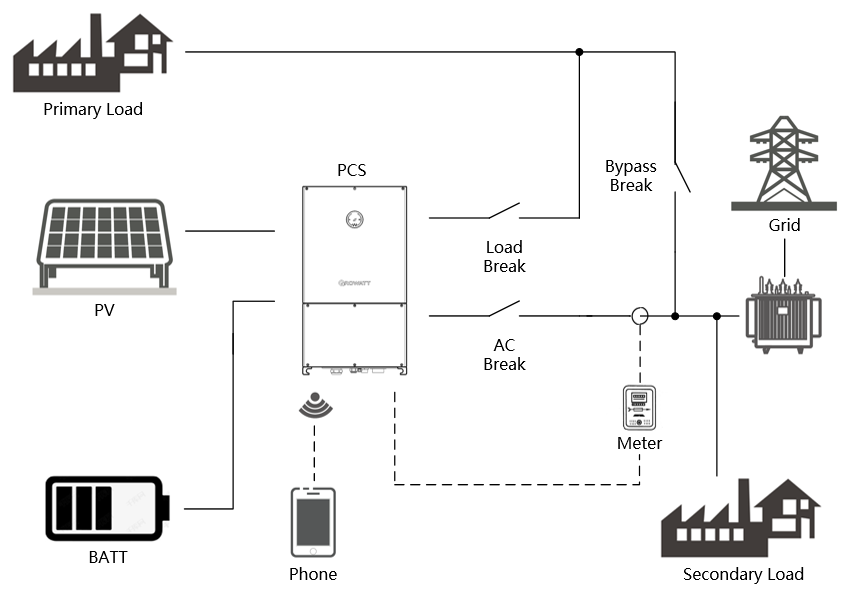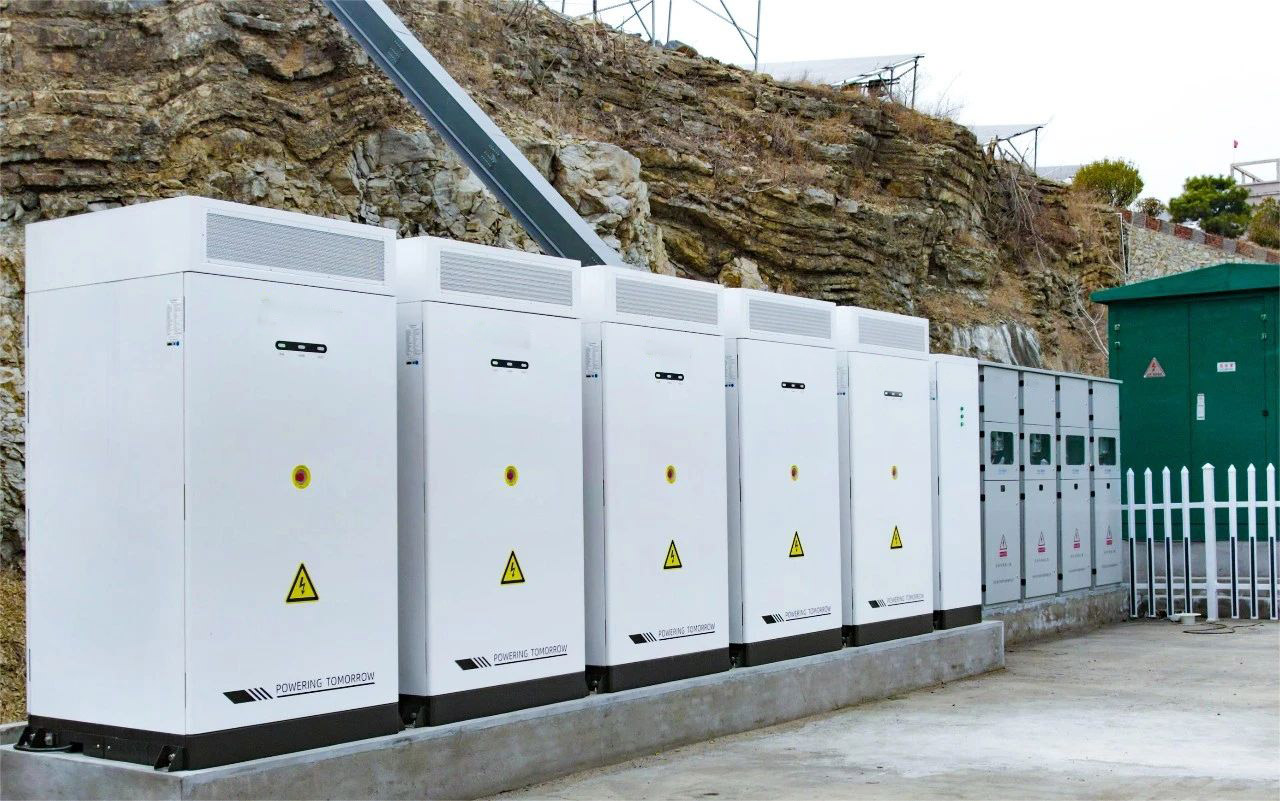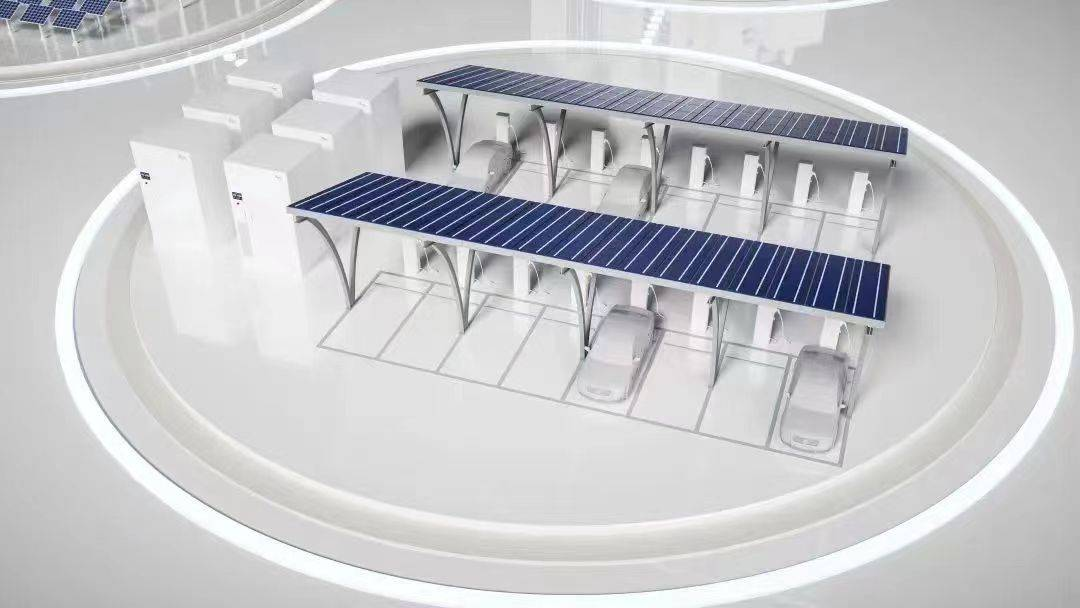Is there a necessary connection between energy storage and photovoltaic systems?
This year's energy storage craze is undoubtedly evident to all. Against the backdrop of increasingly limited expansion of traditional solar power generation, all parties are continuing to strive for new development directions. At this point, energy storage has almost inevitably been pushed to the center of the stage.
Energy storage is a general term. Specifically, there are many technical directions and branches of energy storage, and it is impossible to participate in each one. As part of the transition from photovoltaics to energy storage, many people are most concerned about how to perfectly integrate existing photovoltaic systems or applications with energy storage systems. So, is energy storage necessarily inseparable from photovoltaic systems? We can briefly analyze several application methods of photovoltaic energy storage integration projects that have been implemented:
Photovoltaic system autonomous storage
Self owned storage is more common in small and medium-sized enterprises with high-quality roofs, high electricity demand, and stable production. The original photovoltaic systems mostly adopted the grid connection mode of "self use and surplus electricity grid connection", with the original purpose of offsetting or reducing the consumption of grid electricity through the supplement of solar power generation. By constructing rooftop distributed photovoltaic power stations, good profits have been achieved.

Some large users, in addition to paying the electricity bill based on actual measurement, also have to bear the electricity bill for the capacity of the transformers they occupy, as well as the electricity bill for the demand generated during peak months of electricity consumption. In this case, adding/expanding energy storage systems in existing photovoltaic power plants, or designing energy storage components in new power plants, can further reduce the electricity bills of enterprises.
Communication coupled energy storage system
The high-quality 380V/50Hz electricity generated by the photovoltaic system is used as the energy source for energy storage PCS, participating in the charging and discharging of the battery in the energy storage system. At the same time, high-precision anti backflow devices can be added to the system to achieve maximum self use and self storage of photovoltaic energy.

Adding/expanding energy storage systems in power stations, or designing energy storage components when building new power stations, can further reduce the electricity bills of enterprises.
DC coupled energy storage system
Photovoltaic modules are directly connected to the energy storage system PCS, also known as grid connected and off grid integrated systems. The biggest advantage is that the photovoltaic module and battery pack can be connected simultaneously through the photovoltaic storage integrated machine, without the need for additional control devices. It also has a backup power function, which means that when the photovoltaic is lost or the mains power is disconnected, the photovoltaic storage machine can still ensure the normal operation of the load according to the pre-set output mode. With this feature, in addition to application modes such as peak shaving and valley filling, energy time shifting, etc., it can also provide electricity to many areas with power shortages or no electricity.

Mandatory allocation and storage of photovoltaic systems
With the continuous increase in photovoltaic access capacity in various regions over the past 10 years, the power distribution system has become increasingly saturated. The power sector's requirements for the input of photovoltaic new energy have become increasingly strict, and many regions have even urgently suspended photovoltaic registration. In this situation, projects that have already started, are close to completion, or are about to be launched still need to continue. Various regions have also made many beneficial explorations, among which photovoltaic systems share a certain proportion of energy storage capacity, which is a form of mandatory distribution and storage. For example, the power departments of several prefecture level cities in Hebei Province require that newly built photovoltaic systems must be equipped with 10% to 15% energy storage system capacity, and the charging time must not be less than 2 hours, otherwise they will not be accepted for grid connection. This also means that for a 1MW photovoltaic project, about 15% of the module capacity needs to be allocated to the energy storage system, which is 150KW/300KWh, in order to alleviate the pressure on the power distribution network.

Peak Valley Arbitrage System
As is well known, regions such as East China and South China have developed economies, numerous large, medium, and small enterprises, high electricity consumption, and large peak valley price differences. For example, in a certain area of Guangdong, the peak period is 7, 8, and 9 months, and the electricity prices are as follows: peak period 1 149 yuan/kwh, 0.92 yuan/kwh during peak hours, 0.5426 yuan/kwh during normal hours, and 0.2083 yuan/kwh during valley hours. In terms of actual electricity prices in August, the peak valley price difference for electricity consumption is 0.9407 yuan/kwh, and the peak valley price difference is 0.7117/kwh. Constructing a 500KW/1000KWh energy storage system requires an initial investment of approximately 16 million yuan, calculated based on an average of two charges and two discharges per day. The investment return rate is about 15%, and the investment return period is about 5 years.

It is obvious from the construction modes of the above energy storage systems that there is no necessary connection between photovoltaics and energy storage. For example, the application of peak valley arbitrage does not affect the operation and revenue of the system even if there is no photovoltaic present in the system; However, in the vast northern regions, the construction of photovoltaics is still very large. In order to connect to the grid for power generation, photovoltaics have a very close relationship with energy storage. The energy of photovoltaics can be stored in the battery of the energy storage system, or it can be used to obtain income online without storage. The task undertaken by the energy storage part is to reduce the pressure on the power grid through the conversion of charging and discharging, and provide electrical energy to the load in a specific mode, thereby reducing the user's electricity bill.